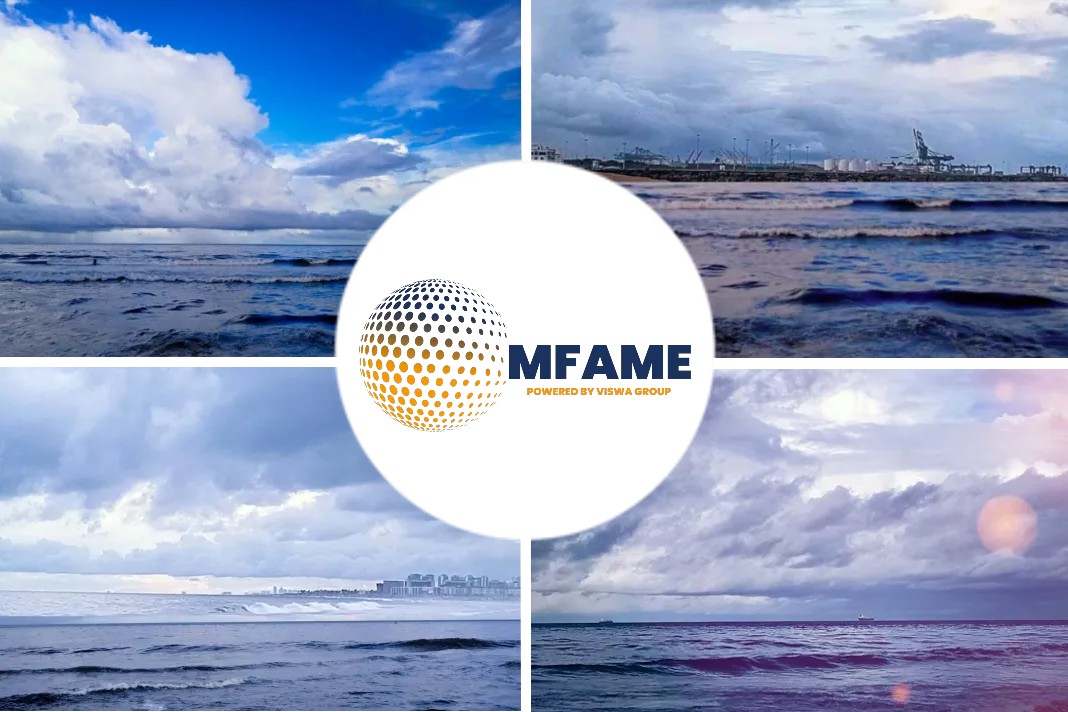Safebridge alongside CIRM presented the concept of e-certificates for the maritime industry, during the IMO NCSR Sub-Committee 7th Session, says an article published in Safety4Sea.
Concept of e-certificates
January 16th, 2020, marked an important date as Safebridge alongside CIRM attended the IMO NCSR Sub-Committee 7th Session, held in London, United Kingdom to present the concept of e-certificates for the maritime industry.
- Digital technologies rapidly and dramatically are reshaping various industries.
- Many companies are in the process of pursuing large-scale change efforts to try and capture the benefits of this ongoing trend.
- However, the success of such transformations, unless carried out correctly, can prove to be entirely elusive.
Vessel and crew certification
In its presentation to the IMO Member States and NGOs attending the NSCR-7 sub-committee meeting, Safebridge emphasised that the same applies to the maritime industry where many of its aspects have already begun digital transformations, but the vessel and crew certification has yet to catch on with the trend.
Paper-based certificates
To this date, the industry relies heavily on paper-based certificates which entail both complex and costly workflows.
Certificate management workflows
When looking at the certificate management workflows, they capture the entire industry and have a direct adverse impact on pretty much all the key stakeholders including but not limited to seafarers, Training Providers, Port State Authorities, Flag States, Classification Societies and Ship Owners.
Digitalising the maritime certification
All of these entities presently fall victim to the unrealised goal of digitalising this particular aspect of the industry.
Modern-day need
Further, pressured by the ever-competitive landscape of the industry, the stakeholders desire solutions that would help them sustain their business and operate more efficiently and cost-effectively than ever.
Digitalising the maritime certification management process is undoubtedly a major factor in helping them achieve this goal and is the modern-day need of the industry that cannot be neglected.
Core challenges
To begin addressing this issue, a solution capable of solving the following core challenges of traditional paper-based certificates must first be developed:
In doing so, and in digitalising the maritime certificates, the key stakeholders would be permitted to:
- avoid inefficient manual processes,
- excessive administrative burdens,
- high risks of certificate loss and damage as well as
- low security and trust levels associated with the traditional paper-based alternative.
Will digitalising certificates solve industry’s problem?
Typical solutions available in the market are focusing merely on the basic aspects of e-certification, such as PDF certificates. While valuable in a transition phase, such technology has proven to be inadequate to address the needs of the stakeholders truly.
Additional attempts were made by isolated developed solutions that address the certificate problem for a specific body but fail to do the same on an international or cross-body level, thus yielding high risks of incompatibility.
Customised solution
Understanding the specifics of the maritime industry is a vital aspect of developing a customised solution that will
- solve the basic issues for the stakeholders, and
- will offer a truly
- centralised,
- globally accessible,
- standardised and
- secure platform
capable of transforming the workflows for the industry as a whole.
IMO’s crucial steps
The IMO (International Maritime Organisation) has already taken the first and crucial steps towards the digital transformation of certificates in the maritime industry via the release of FAL39 and FAL40 Committees.
Desire for change
The willingness of the IMO to hear industry leaders in the field of digitisation present their concepts further substantiates the desire for change.
Safebridge a member of CIRM, as well as the Danish Maritime Authority are prime examples of entities who presented their concepts to the IMO. They have already embarked on journeys to develop digital solutions that would address these issues and offer platforms (i.e. myCert) which accommodate
- secure e-certificate verification and fraud detection,
- secure e-certificate sharing options as well as
- international interoperability while being specifically designed for the maritime industry.
Cost-effective digitalisation
Adopting and encouraging such initiatives will yield a new era for the maritime industry. An era where efficiency and cost-effectiveness achieved via digitalisation will drive the industry to new and higher than ever competitive levels.
As a result, stakeholders will be able to operate more productively, and the burdens of traditional paper-based certificates will be a matter of the past.
Did you subscribe to our daily newsletter?
It’s Free! Click here to Subscribe!
Source: Safety4Sea



















